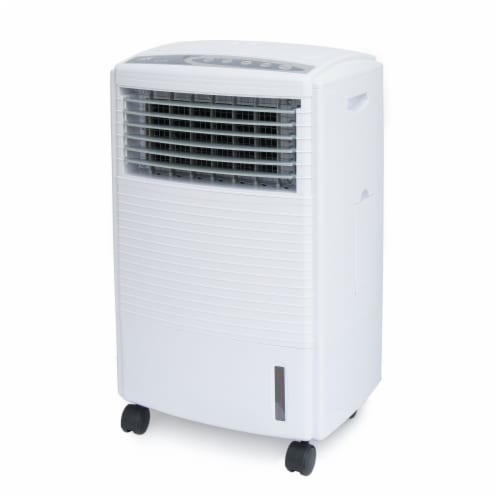| Pad Height(mm) | As per Requirement |
| Pad Width(mm) | As per Requirement |
| Pad Depth(mm) | 50, 100, 150 |
| Flute Height(mm) | 5 |
| Groove Angle a | 45° |
| Groove Angle b | 45° |
5090 Honey Comb Cooling pads
As a professional OEM 5090 Honey Comb Cooling pads supplier and ODM 5090 Honey Comb Cooling pads company, The evaporative wet curtain produced by the company has good water absorption and ventilation, strong cooling ability, long service life, and sterilization and algae prevention functions. It has been successfully applied in industrial plants with high-temperature operations such as evaporative air conditioners, evaporative cooling fans, humidifiers, animal husbandry, the greenhouse industry, the textile industry, hardware, as well as in public places such as shopping malls, internet cafes, supermarkets, etc., which can effectively improve indoor air quality, To prevent the spread of diseases caused by the use of air and truly achieve green environmental protection, energy conservation and emission reduction.
-
In the hot summer, evaporative air coolers (commonly known as eco-friendly air conditioners or water-cooled fans) have become the preferred cooling equipment for many industrial plants, commercial spa...
READ MORE -
An evaporative cooling pad, commonly known as a wet curtain, is a core component of modern high-efficiency cooling systems. Whether used in agricultural greenhouses, livestock sheds, or industrial pla...
READ MORE -
In the sweltering summer, evaporative cooling fans are often a popular choice when looking for economical and efficient cooling solutions. How Evaporative Cooling Fans Work To understand their perform...
READ MORE
5090 Honey Comb Cooling pads use honeycomb structure design to improve cooling efficiency
1. Increased surface area
Increased contact area: The honeycomb structure design significantly increases the contact surface area between water and air by creating multiple small holes and channels. A larger contact area means more heat can be absorbed by the water, promoting water evaporation. This increased surface area is a key factor in improving cooling efficiency.
2. Good airflow distribution
Uniform airflow channel: The channel design inside the honeycomb structure allows the airflow to be more evenly distributed. When air passes through the cooling pad, the shape of the honeycomb can effectively guide the airflow, avoid dead corners, and ensure that air can pass smoothly through each part. This uniform airflow channel helps improve the efficiency of the entire cooling system.
3. Moisture retention capacity
Optimized moisture distribution: The honeycomb structure can effectively retain moisture and prevent it from evaporating quickly. In high temperature environments, the surface of the cooling pad remains moist, thereby continuously providing cooling. This moisture retention capacity is particularly important in dry and hot conditions and helps improve cooling effects.
4. Lightweight design
Reduced equipment burden: Compared with traditional solid cooling pads, honeycomb structures usually use lightweight materials to reduce overall weight. This not only reduces the energy consumption of the equipment, but also makes the installation and maintenance of the cooling pad more convenient, which can reduce the overall burden of the equipment.
5. Durability and stability
Anti-deformation ability: Due to its design characteristics, the honeycomb structure is usually more stable and less likely to deform when responding to external pressure. This durability can extend the service life of the cooling pad and reduce the frequency of replacement due to wear or damage.
6. Air flow disturbance
Promote higher evaporation rate: The design of the honeycomb structure can guide the airflow to generate disturbances when passing through the cooling pad. This disturbance increases the contact time between air and water and promotes water evaporation. A higher evaporation rate means that the air temperature drops faster, thereby improving the overall cooling effect.
7. Adjustability and adaptability
Optimize according to needs: The design of the honeycomb structure is highly flexible and can be adjusted according to specific application requirements. For example, the pore size, thickness and material of the cooling pad can be optimized according to environmental conditions and cooling requirements to adapt to different usage scenarios and improve the cooling effect.
8. Energy-saving benefits
Reduced energy consumption: Efficient cooling can reduce the burden on refrigeration equipment, reduce energy consumption, and save operating costs. The high efficiency of the honeycomb structure makes it have significant advantages in environmental protection and economic benefits.
 CONTACT US
CONTACT US English
English 中文简体
中文简体 عربى
عربى Tiếng Việt
Tiếng Việt












